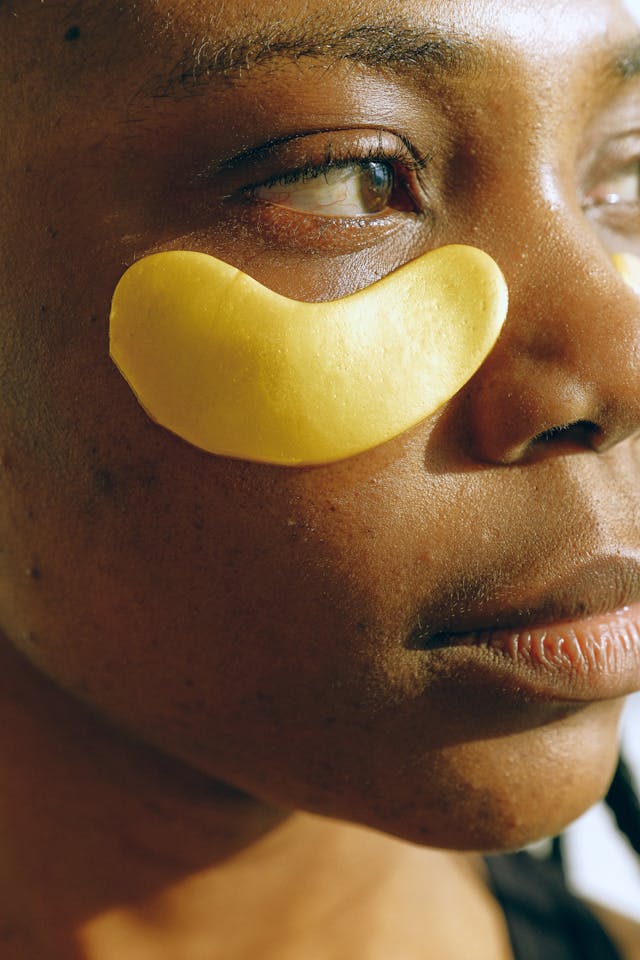The lead-up to a cruise is full of excitement and planning, right down to the details of door decorations. Pink flamingos are a common sight, but their meaning isn’t always clear. Are they just a fun symbol of vacation, or is there something more? Ahead, we’ll explore the significance of these pink birds on cruise ships. Just as an upside-down pineapple can carry a secret meaning among cruisers, we’ll uncover if pink flamingos have a similar depth of symbolism that goes beyond their playful appearance.
What Do Pink Flamingos Mean?
Pink flamingos on a cruise ship can be a bit of a puzzle. Traditionally, these are seen as symbols of fun and kitsch, a throwback to mid-century Americana where they first gained popularity. However, the meaning can change on a cruise ship. While some passengers may choose pink flamingos simply because they love the bird or enjoy the pop of color, others might be signaling their participation in a lifestyle known as swinging or wife-swapping.
It’s important to note that not every flamingo decoration has this connotation. Many guests are unaware of the symbol’s dual meanings and pick them for their innocent charm and association with tropical leisure. To avoid any confusion, it’s worth considering the context of your decorations and the potential messages they may send to fellow cruisers who might be in the know.
History of Pink Flamingos
The pink flamingo decoration has its roots in 1950s America, when it was first designed by artist Don Featherstone. These plastic lawn ornaments quickly became a staple of suburban lawns, embodying a sense of whimsy and exoticism. The flamingo’s bold color and unique shape made it a symbol of leisure and the embrace of more carefree, tropical aesthetics.
As the flamingo migrated from lawns to other aspects of culture, it began to appear in various forms of celebrations and decorations, including those on cruise ships. On cruise ships, the pink flamingo carried over its playful connotations, often representing a lighthearted nod to vacation and the enjoyment of warmer climates.
However, the pink flamingo’s meaning evolved over time. Within the cruising community, it soon became a less common sign of swinging or wife-swapping.
Today, the pink flamingo is at a crossroads of interpretation. For some, it remains a fun and innocent emblem of vacation time. For others, it’s a discreet badge of a lifestyle choice. This duality is a testament to the enduring appeal of the pink flamingo as a cultural icon, capable of conveying a range of messages from the front lawns of the 1950s to the cabin doors of modern cruise ships.
Is Swinging on Cruise Ships a Common Sight?
Swinging is not something cruise lines talk about, but it does happen. It’s quiet and not obvious, unless you know what to look for. On most ships, it’s a behind-the-scenes activity, with subtle signs like pink flamingos or upside-down pineapples used to connect those in the know.
The number of swingers on a cruise varies. It can depend on the type of cruise, the crowd, and where the ship is heading. Some cruises naturally draw people looking for a more open-minded vacation.
There are also cruises just for swingers. These are different because the lifestyle is the main focus. Everyone on board is there for the same reason, so there’s no need for secret signs. Plus, there are adult-only cruises that are more laid back about what you wear and do, where swinging is more out in the open.
Symbols Used to Identify Swingers
On cruise ships, and even back on land, there’s a whole language of symbols that can signify someone’s interest in swinging. It’s not just about what you hang on your door anymore; it’s also about what you wear. Here’s a rundown of items and symbols that might give off the swinger signal:
- Upside-down pineapples: This fruit, especially when worn on clothing or turned upside down, is a well-known swinger symbol.
- Unicorns: Often represents a single person interested in meeting couples.
- Pink flamingos: Beyond being a fun vacation icon, these can indicate swinger activity on cruises.
- Garden gnomes: More common as a sign in front of houses than on cruise ships.
- White rocks around a mailbox: Another land-based signal that’s not relevant at sea.
- Black rings worn on the right hand: A subtle hint at someone’s swinging status.
- Red ball caps: Can sometimes be a discreet nod to the lifestyle.
- Thumb rings and toe rings: These pieces of jewelry can have hidden meanings.
- Wedding rings worn on the right hand: This switch from the traditional left hand can be a clue.
- Metal stars: Less common, but in some circles, it’s a recognized sign.
- Yin-Yang tattoos: While popular in general, they can also be a swinger symbol.
Challenges and Misconceptions
Not everyone who sports a pink flamingo or an upside-down pineapple is part of the swinging lifestyle. These symbols can lead to awkward misunderstandings when the intention was simply to embrace a fun, vacation-themed decoration.
Another challenge is the assumption that these symbols are universally understood. What might be a clear indication of swinging in one community could be completely benign in another. This can cause confusion and sometimes discomfort among guests who are unaware of the symbols’ dual meanings.
Misconceptions also arise around the visibility of swinging activities. While there are cruises specifically designed for swingers, on most ships, these activities are discreet and not as widespread as some might believe. There’s also a common misconception that these symbols are a blanket invitation to everyone, which isn’t the case. Swinging is a consensual activity between interested parties, and the presence of a symbol doesn’t automatically invite unsolicited approaches. It’s crucial for everyone on a cruise to respect personal boundaries and understand that these signs are not an open call to all passengers.
For those who are curious or inadvertently find themselves signaled out, it’s important to approach the situation with respect and discretion. Clear communication about boundaries and intentions is key to ensuring a comfortable experience for everyone involved. As the cruising community becomes more diverse, understanding and respecting the variety of lifestyles onboard is essential for a harmonious journey.
Conclusion
Pink flamingos on a cruise ship can mean different things to different people. It’s essential to be aware of the potential implications of the symbols you choose to display to ensure they align with your intentions. Remember, a decoration like a pink flamingo isn’t an automatic signal to everyone, and respecting each other’s privacy and boundaries is crucial. As cruising continues to evolve, so does the language of symbols among its passengers. Being informed helps maintain the fun and friendly atmosphere that cruising is all about.
#Pink #Flamingos #Meaning #Cruise #Ships





























